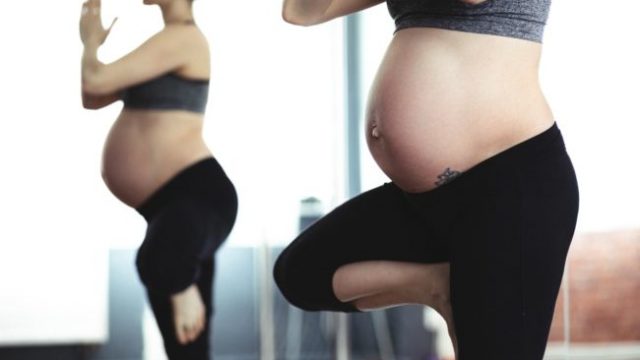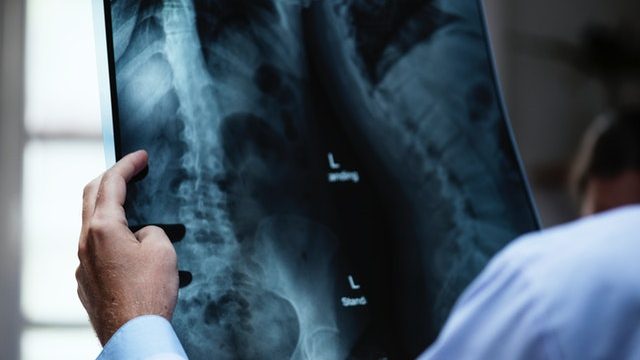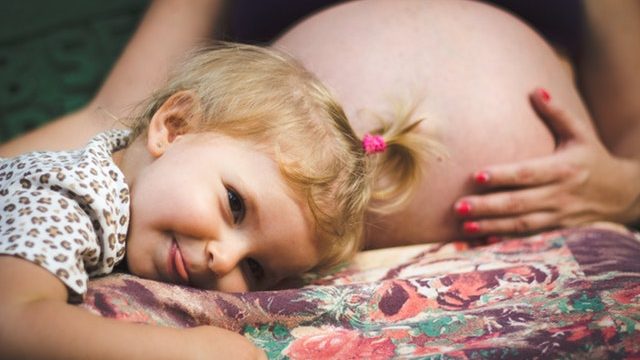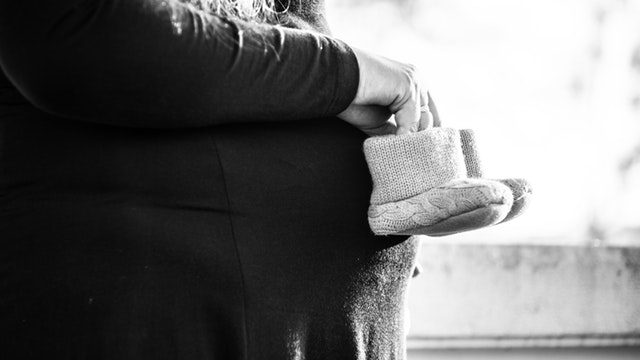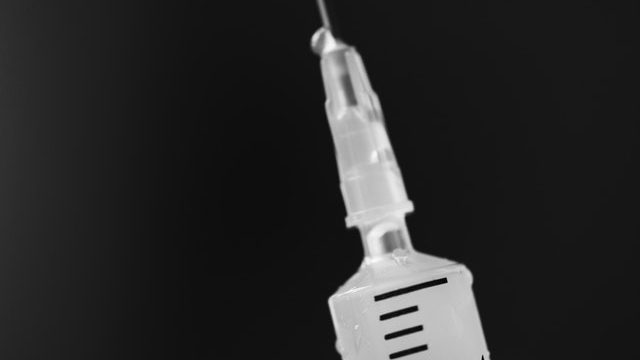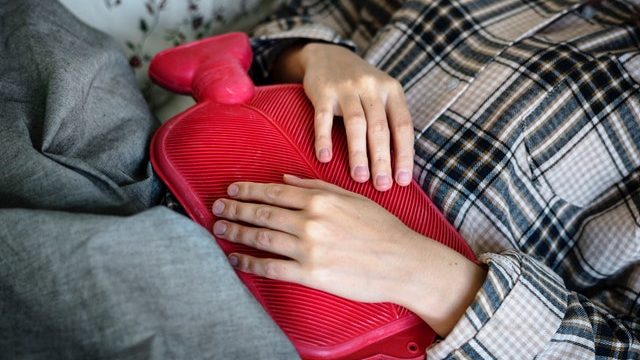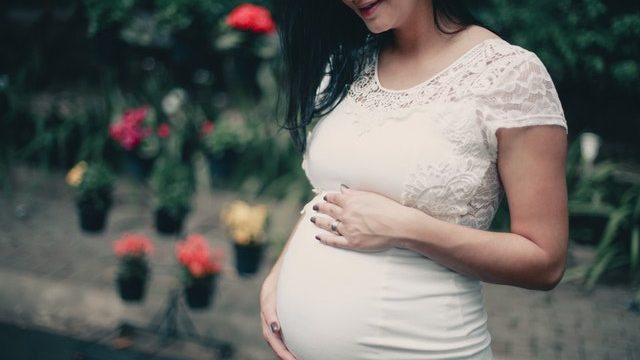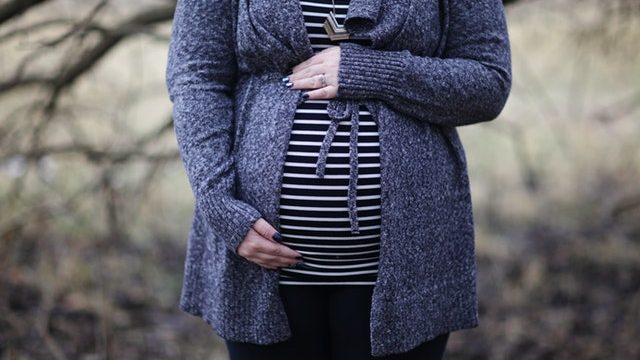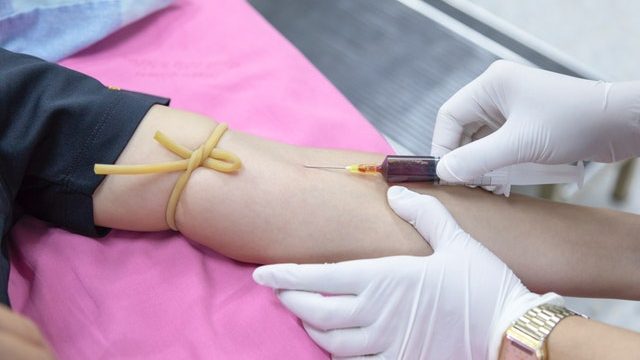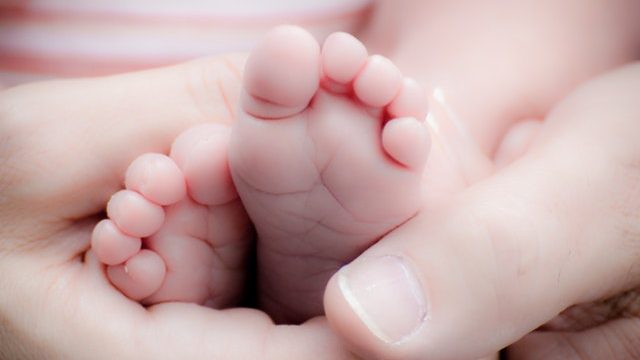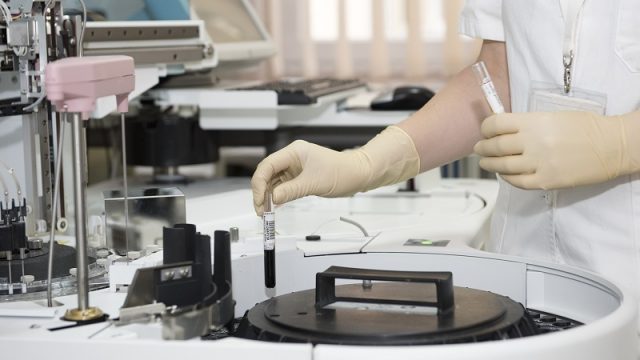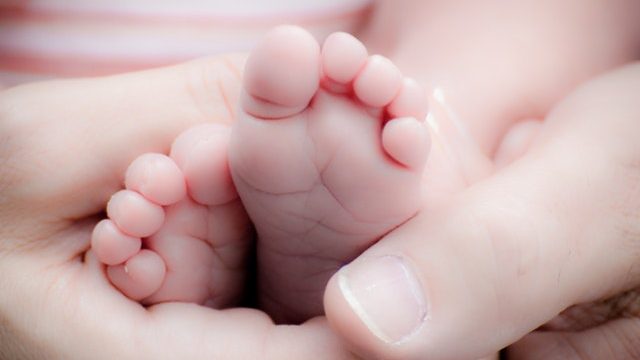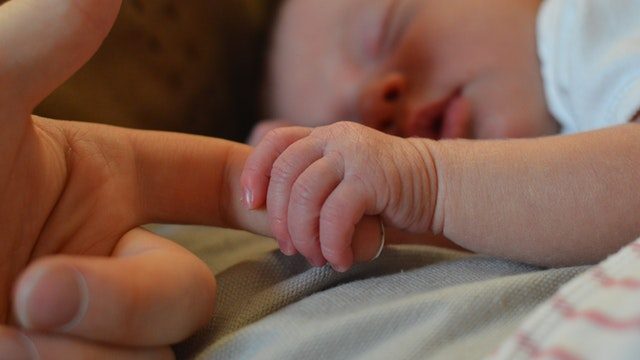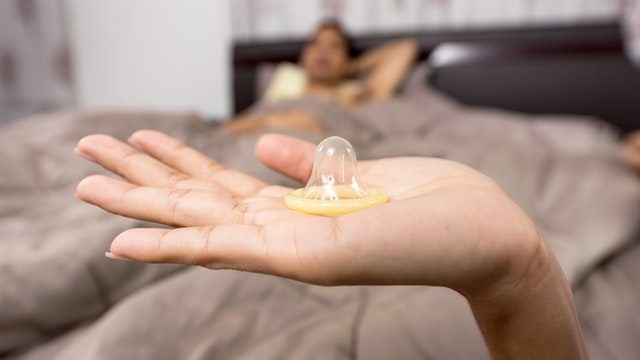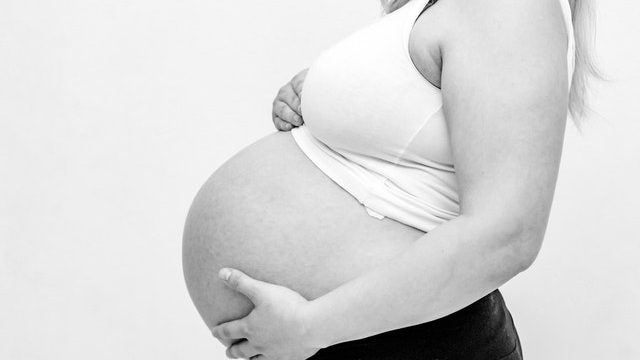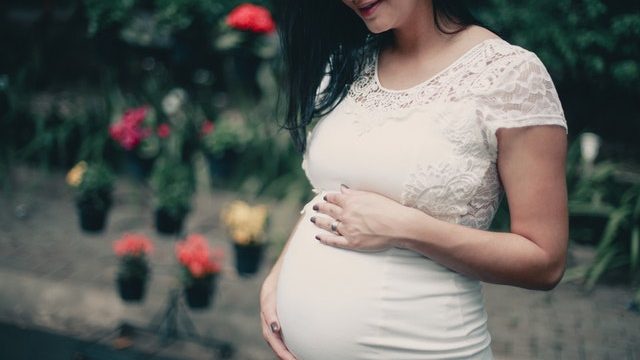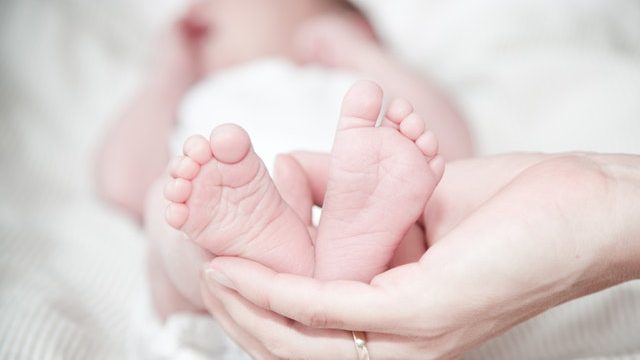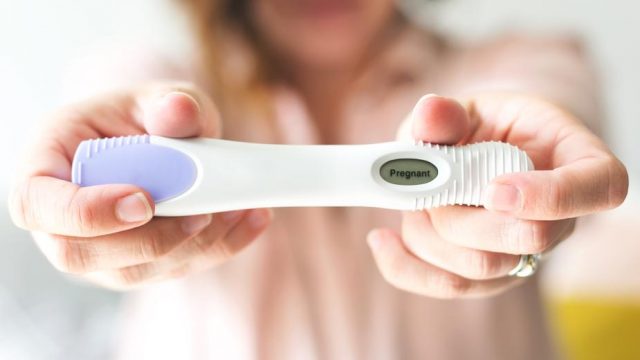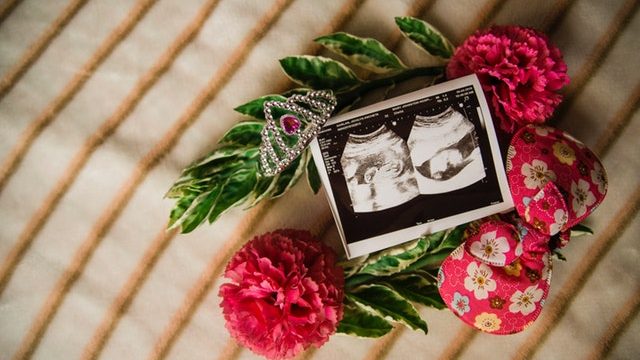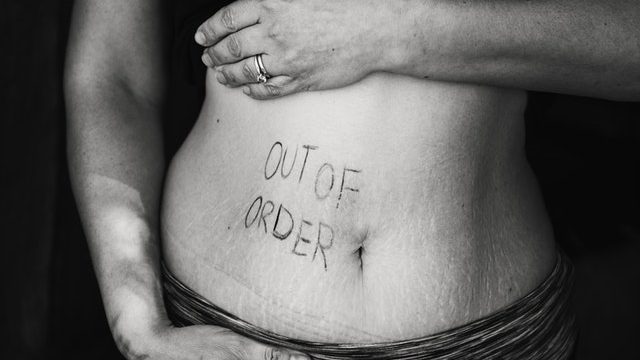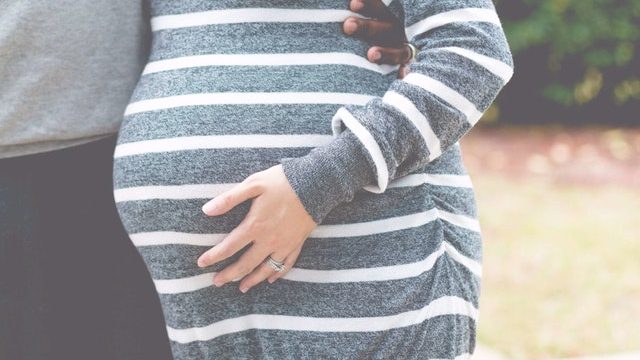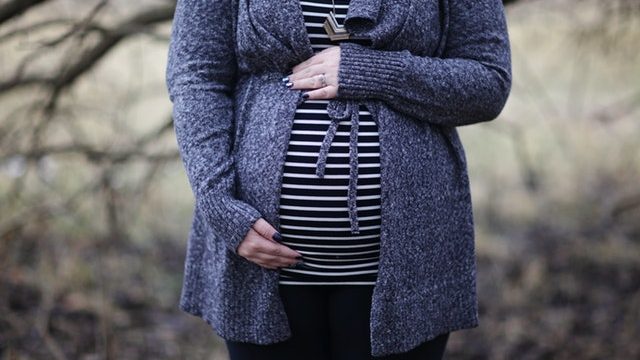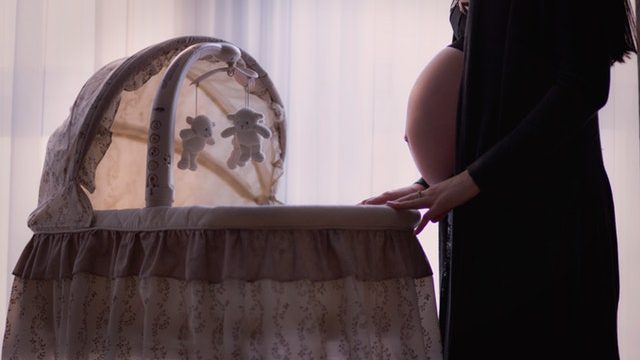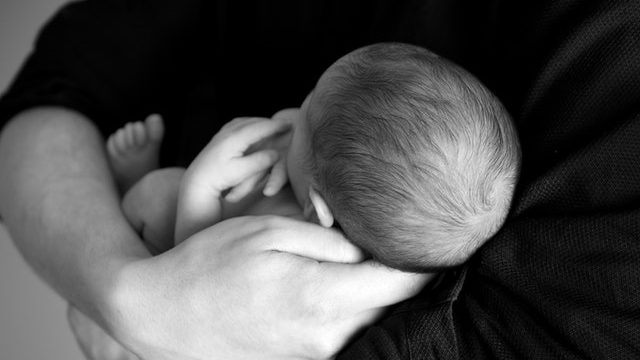The placenta is an important organ that joins the mother and the baby. The Placenta develops inside the uterus and it attaches itself to the wall of the uterus.
The umbilical cord arises from the Placenta and connects to the baby. The purpose of the Placenta is to take the oxygen and nutrition from the mother and transfer it to the baby through the cord.
Position of Placenta
The Placenta can develop on any wall of the uterus such as the top, the front, the back, the left, or the right side. In rare cases, it can attach itself to the lower part of the uterus, and rarely it will cover the opening of the uterus and in that case, it is called placenta previa.
Many factors can have an impact on the Placenta.
- Age and high blood pressure can have an impact on the Placenta.
- Multiple pregnancies will also affect the placenta.
- In case you have had previous surgery on the uterus such as a cesarean section then there is an increased chance that the Placenta will attach itself to the scar.
- Smoking and drug abuse can also impact the health of the Placenta.
- Trauma to the abdomen in the form of an accident or a blow can increase the risk of the placenta separating from the uterus and causing very heavy bleeding.
Delivery of the Placenta
In a normal delivery, the placenta separates from the wall of the uterus after the delivery of the baby and comes out incomplete. The doctor usually checks that the Placenta is complete and there are no bits remaining inside.
It is quite common to give an injection to the patient immediately after the delivery of the baby to further assist the separation of the Placenta and prevent bleeding.
In case of a cesarean section once the baby is delivered the patient is given an injection to assist the contraction of the uterus and quite commonly the doctor will separate the Placenta from the wall of the uterus with the hands and remove the Placenta completely.
The placental problems that one can have in pregnancy
- Placenta Previa
This happens when the placenta is covering the mouth of the uterus. It may cover the opening completely or partially. When it covers it completely it may necessitate the Caesarean Section because there is no way that the baby can deliver through the vagina.
The commonest symptom of placenta previa is painless fresh vaginal bleeding during pregnancy.
Sonography is the most common method used for diagnosis.
The management of this condition will depend upon the degree of bleeding, the gestation age, and the position of the placenta. In the case of complete Placenta previa, a cesarean section is required. - Placenta Accreta
Normally the placenta is attached to the uterine wall and during delivery, it automatically separates from the wall and comes out. But in rare situations, the Placenta grows into the wall of the uterus and can remain attached to the uterus even after delivery. This situation is called placenta accreta.
The diagnosis is commonly done by sonography and sometimes Magnetic resonance imaging (MRI) is also used to confirm the diagnosis.
Patients usually do not have any symptoms and Cesarean Section is usually required in these cases. - Placental Abruption
Sometimes there can be bleeding in the space between the wall of the uterus and the placenta. This leads to the separation of the placenta from the uterus. The baby will then not be able to get the nutrition and oxygen from the mother. This is a serious complication and can seriously jeopardize the health of both the mother and the baby.
It can happen due to high blood pressure, accidental fall, or blow to the abdomen, and in some cases, the cause is not known.
The patient will complain of severe pain, may have to bleed, and may feel faint or giddy. She may also have a loss of fetal movements.
The management usually requires an immediate cesarean section. - Retained Placenta
If the placenta does not deliver on its own within 30 minutes after delivery of the baby, it is known as a retained placenta. During a normal delivery, it is possible that the Placenta does not separate completely from the uterus and a part of the whole of the Placenta remains behind. This can lead to very severe bleeding and infection. Therefore, it is of paramount importance to ensure that the entire Placenta has been removed, be it a normal delivery or a cesarean section.



